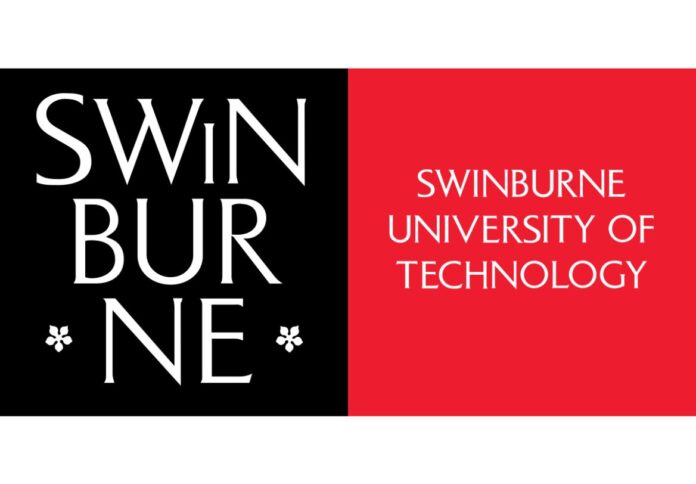
A fresh injection of $3 million from the Australian Government is set to drive advancements in the nation’s electric vehicle sector, paving the way for trucks and buses to charge wirelessly while on the move along highways.
Led by Swinburne University of Technology, the project sets out to embed dynamic wireless charging technology into roads, marking a world-first initiative.
In a media release, the university said the implementation of this technology seeks to overcome one of the major hurdles hindering the widespread adoption of electric heavy vehicles: ensuring they maintain sufficient charge, especially when carrying heavy loads or travelling long distances.
Professor Mehdi Seyedmahmoudian, leader of the project and head of the New Energy Technology Research Group at Swinburne University, expressed enthusiasm for the transformative potential of this initiative.
He stated, “By seamlessly integrating dynamic wireless charging systems into our road infrastructure, we are setting the stage for a transformation in the heavy vehicle industry.”
The project, funded through the Australian Government’s Cooperative Research Centres Projects (CRC-P) Grants scheme, boasts a total investment of $8.2 million.
It brings together a consortium of key stakeholders including ACE Infrastructure, SEA Electric, Fleet Plant Hire, Royal Melbourne Institute of Technology, Siemens, ARRB Group, and Net Zero Stack.
According to the university, this collaborative effort represents the culmination of years of research conducted by world-leading experts and PhD students at Swinburne’s New Energy Technologies Research Group.
Distinguished Professor in Electrical Renewable Energy Saad Mekhilef and Professor Alex Stojcevski, dean of the School of Science, Computing, and Engineering Technologies, serve as Chief Investigators on the project.
Professor Stojcevski emphasised the project’s significance in bridging the gap between research and practical application.
He concluded, “We are thrilled to be providing a platform for researchers to collaborate with leading industry partners and contribute to real-world solutions in the development of sustainable and innovative energy solutions for the future of transportation.”




















